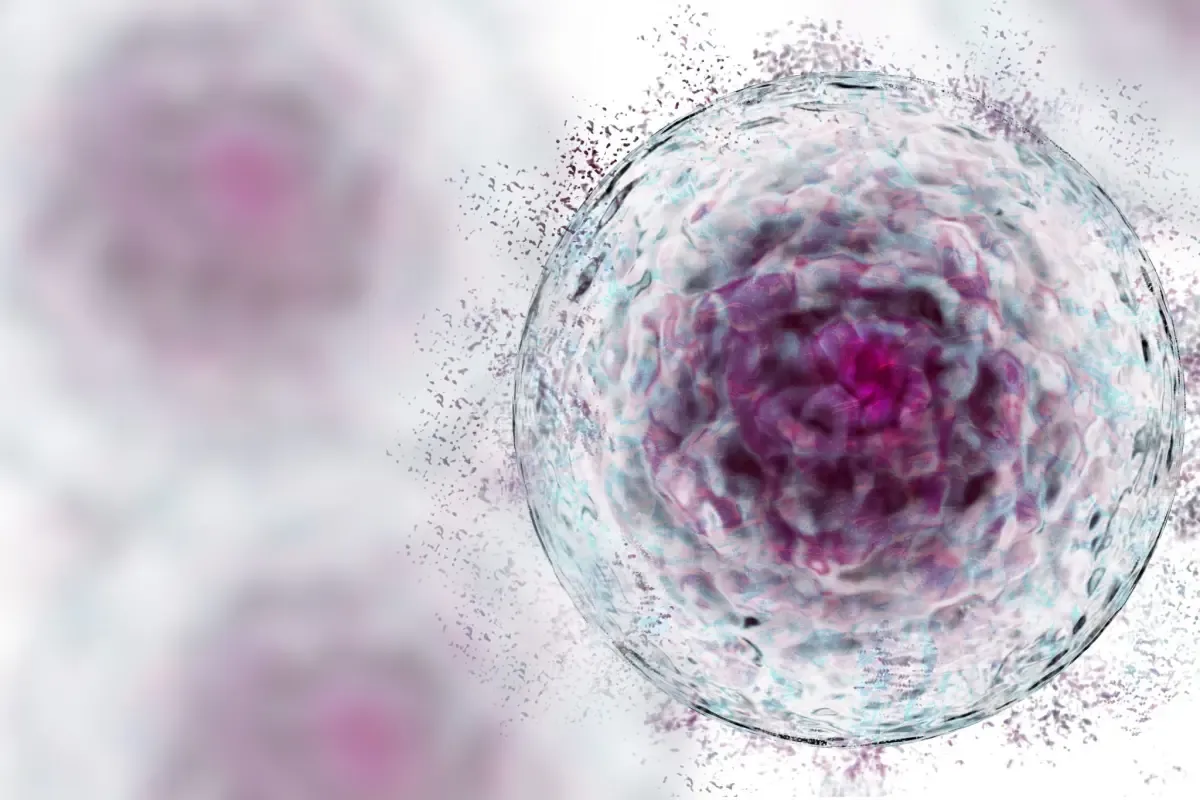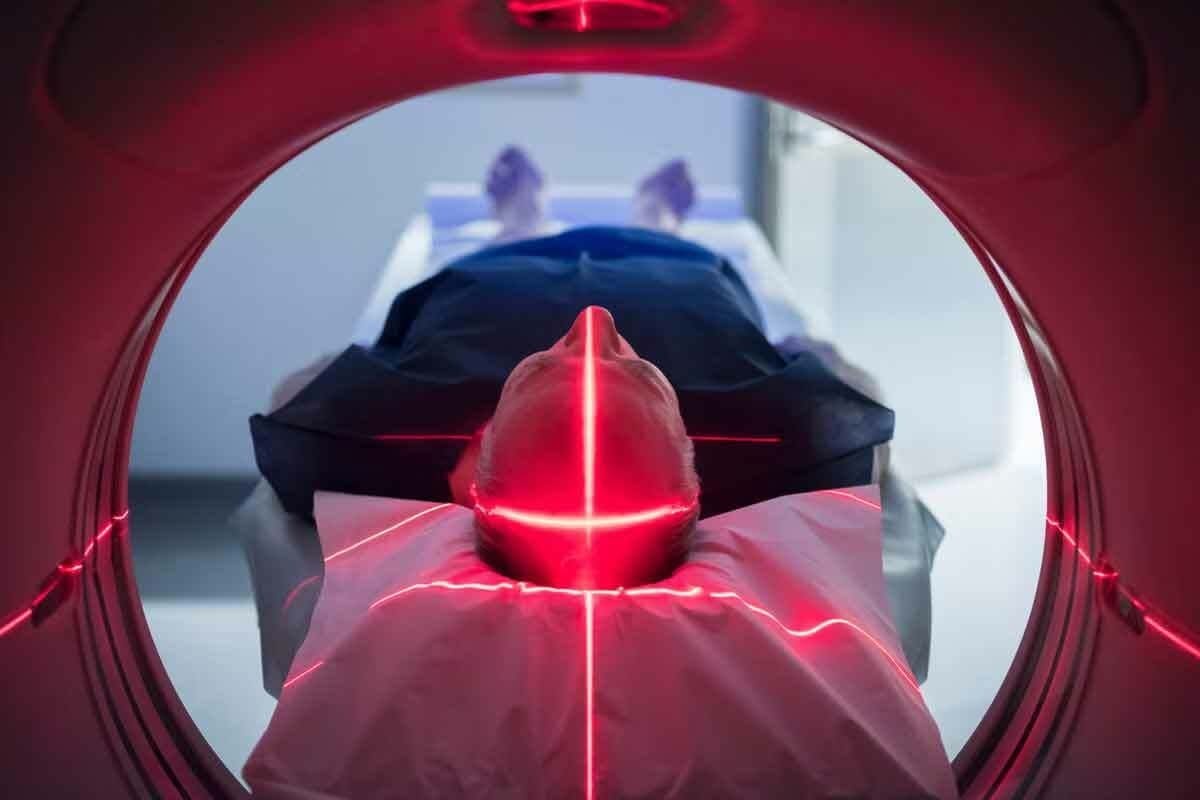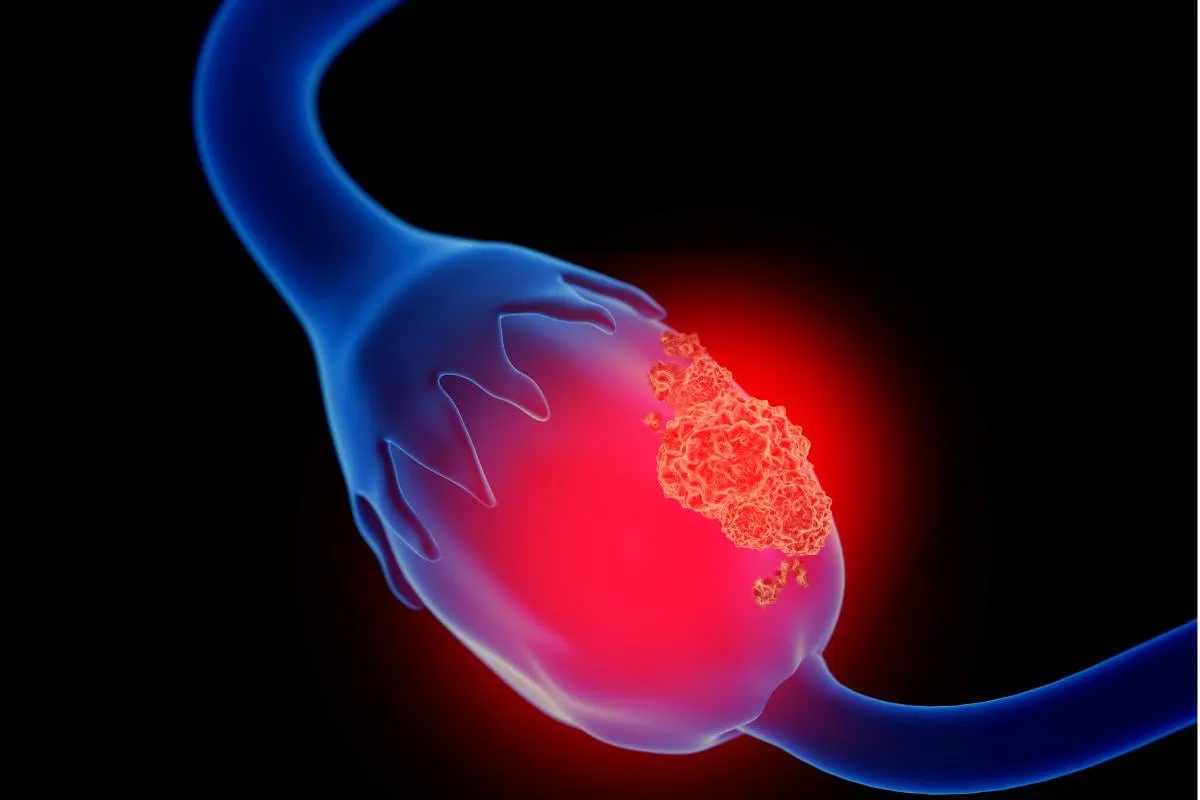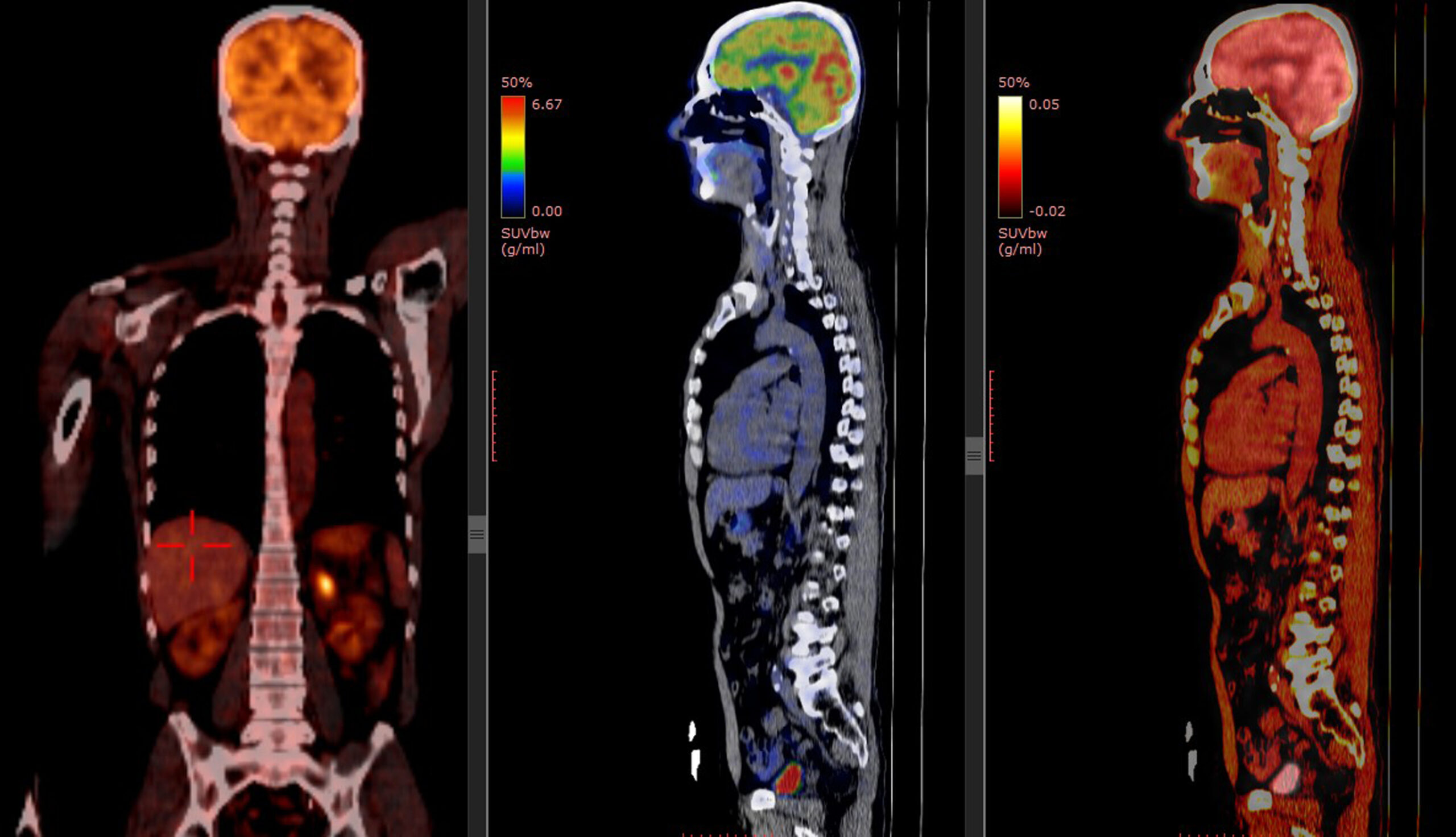Every year, over 2 million PET scans are done in the United States. They help doctors diagnose and treat many health issues.
Getting ready for a PET scan can feel scary. But knowing what to do can make you feel better. It’s important to understand what preparations you need to make before the scan.
Good pet scan prep means following certain diet rules and avoiding some medications. Knowing what to do can make the whole process easier and more successful.
Key Takeaways
- Understand the importance of preparation for a PET scan
- Learn about dietary restrictions for a PET scan
- Discover which medications may need to be avoided before the scan
- Find resources for PET scan preparation, such as d.cscan.co
- Know what to expect during the PET scan procedure
Understanding PET Scans: What They Are and Why They’re Performed

Positron Emission Tomography (PET) scans are a cutting-edge imaging method. They help doctors diagnose and track different health issues. Unlike other tests, PET scans show how the body’s cells work, helping spot problems early.
How PET Scans Differ from Other Imaging Tests
PET scans are different from CT scans or MRI. While CT and MRI show body structures, PET scans look at how cells work. They use a special tracer that highlights active areas, like cancer cells.
This makes PET scans great for finding cancer, checking how treatments work, and spotting cancer return. They work well with other tests to give a full picture of health.
Common Medical Conditions Requiring PET Scans
PET scans are key in fighting cancer. They help see if treatments are working and if cancer comes back. They’re also used in brain and heart studies.
PET scans are versatile because they show how cells work. This is very helpful in diagnosing and tracking many health issues.
Common Concerns and Anxiety About PET Scans
Getting a PET scan can be scary for many. It’s important for diagnosis but can make people worried. Knowing what worries you helps to face them.
Addressing Fear of the Unknown
Not knowing what a PET scan is can make people anxious. Learning about the PET scan process can help. It’s a safe, non-invasive test that checks how your body works.
Talking to your doctor can also help. Clear communication about the scan can ease worries. It helps manage what you expect and feel less scared.
Understanding Radiation Exposure Risks
Many worry about radiation from PET scans. But, the levels are safe for tests. The scan’s benefits often outweigh the risks, helping with serious health issues.
The tracer used in PET scans is safe and goes away quickly. Following instructions after the scan helps keep others safe, like pregnant women and kids.
Managing Claustrophobia During the Procedure
Claustrophobia is common with PET scans because you’re in a scanner. Telling your healthcare team about this fear is key. They can suggest ways to help, like relaxation or sedation.
Practicing relaxation, like deep breathing, can help. Knowing you can talk to the technologist during the scan also helps.
How PET Scans Work: The Science Behind the Procedure
PET scans use radioactive tracers to show how cells work in the body. This tech has changed how we diagnose diseases by showing how the body uses energy.
Radioactive Tracers and Glucose Metabolism
PET scans use radioactive tracers attached to glucose to see where cells are active. Cancer cells use more glucose than normal cells. So, the tracer lights up these areas during the scan. The most used tracer is Fluorodeoxyglucose (FDG), a glucose molecule with a radioactive atom.
The steps to use PET scans are:
- The patient gets a shot of the radioactive tracer.
- The tracer goes into cells, with active cells taking more.
- The PET scanner catches the radiation from the tracer.
- A computer makes images of where the tracer is in the body.
The PET Scanner Technology
The PET scanner is a big, doughnut-shaped machine. It finds the radiation from the tracer. It has many detectors that catch the gamma rays from the tracer’s decay. This info makes detailed images of the body’s activity.
PET-CT Combination Scans Explained
A PET-CT scan mixes the PET scan’s metabolic info with the CT scan’s body details. This gives a full view of the body’s activity and structure. It’s great for finding where problems are and how serious they are.
PET-CT scans offer many benefits:
- They help doctors diagnose better.
- They help stage cancers more accurately.
- They help plan treatments better.
- They help see how well treatments work.
Preparing Mentally for Your PET Scan
Getting ready for a PET scan can feel scary. But, there are ways to get your mind ready. Many people feel anxious or worried before a PET scan. Yet, with the right mindset, you can feel less anxious and handle the experience better.
Techniques to Reduce Anxiety
There are many ways to lower your anxiety for the PET scan. Deep breathing exercises can calm you down. Meditation and mindfulness practices also help reduce stress. Plus, cognitive behavioral therapy (CBT) can change negative thoughts into positive ones.
Knowing what to expect during your PET scan can also help. Understanding the process can clear up any fears or wrong ideas. Your healthcare provider can explain everything and offer reassurance.
Questions to Ask Your Healthcare Provider
Asking the right questions can really help calm your nerves. You might want to ask about the procedure’s duration, possible side effects, and what to expect during the scan. Also, asking about sedation options is important if you’re worried about feeling trapped or anxious during the scan.
| Question Category | Example Questions |
|---|---|
| Procedure Details | How long does the PET scan take? What are the steps involved? |
| Sedation and Comfort | Are there sedation options available? How can I manage claustrophobia? |
| Preparation and Aftercare | What are the dietary restrictions before the scan? Can I resume normal activities immediately after? |
When Sedation Might Be Appropriate
If you’re really anxious or claustrophobic, sedation might be an option. Talking to your healthcare provider about your worries can help decide if sedation is for you. Conscious sedation is often used, keeping you awake but relaxed during the scan.
Knowing your options and talking to your healthcare provider can really help. It can make your PET scan experience less stressful and more comfortable.
Timeline for PET Scan Preparation
Knowing the preparation timeline is key for a good PET scan. It includes several steps that start early before the scan. By following this timeline, patients can be well-prepared and get accurate results.
48 Hours Before Your Scan
Two days before your PET scan, start making lifestyle changes. Avoid strenuous exercise and reduce physical activity. This helps in reducing muscle glucose uptake, which can impact scan results.
Also, review your medications and supplements with your healthcare provider. They might need to be paused or adjusted.
24 Hours Before Your Scan
24 hours before the scan, keep your physical activity low. Avoid foods and drinks high in sugar or carbs. Follow any dietary instructions from your healthcare provider.
Some patients may need to start a special diet for the scan.
The Night Before and Morning of Your Scan
The night before, fast for at least 4-6 hours before the scan, as instructed by your healthcare provider. On the morning, wear loose, comfortable clothing and avoid metal items.
Following this timeline ensures a smooth PET scan and accurate results. If you have questions or concerns, always talk to your healthcare provider.
Dietary Restrictions Before a PET Scan
Knowing what to eat before a PET scan is key for good results. What you eat can change how the test works. So, it’s important to stick to the diet advice given.
Foods to Avoid and Why
Some foods can mess with the PET scan results. They can change how glucose is used or how the tracer is absorbed. For best results, skip foods with lots of sugar and carbs for 24 hours before.
- Sugary foods and drinks: Stay away from candy, cakes, and sugary drinks.
- High-carb foods: Try to limit or avoid bread, pasta, and rice.
- Caffeine: Don’t have caffeine for at least 24 hours before the scan.
Recommended Diet Before Your Scan
Eating foods high in fat and protein is often suggested before a PET scan. This can help get clearer images. But, always listen to what your doctor says about your diet.
Fasting Requirements and Water Consumption
The fasting time needed can differ based on the PET scan type. Usually, fasting for 4-6 hours is advised. But, some scans might need longer fasting.
| Type of PET Scan | Fasting Requirement | Water Consumption |
|---|---|---|
| Oncology PET Scan | 4-6 hours | Allowed as needed |
| Cardiac PET Scan | 4-6 hours, avoid caffeine | Allowed, plain water |
| Neurological PET Scan | 4-6 hours | Allowed, plain water |
Drinking plain water is important. Your healthcare provider will tell you how much to drink. Don’t drink flavored or carbonated water.
Medications to Avoid Before PET Scan
Before getting a PET scan, it’s important to know which medicines might mess up the results. Some drugs can change how the tracer works in your body. This could make the scan not show what it should.
Prescription Medications That May Interfere
Some prescription drugs can mess with your PET scan. For example, diabetes meds that change blood sugar levels might need to be adjusted or stopped. Talk to your doctor about managing your diabetes before the scan.
Medications to Discuss with Your Healthcare Provider:
- Diabetes medications (e.g., metformin)
- Certain antidepressants
- Medications for managing blood pressure
Your doctor might tell you to change the dose or when you take these meds before the scan.
Over-the-Counter Medications to Discuss
OTC meds can also affect your PET scan. Some cold meds, pain relievers, and vitamins might have ingredients that mess with the tracer. Tell your doctor about any OTC meds you’re using.
Examples of OTC Medications to Discuss:
- Cold and flu medications
- Pain relievers (e.g., acetaminophen, ibuprofen)
- Vitamin and mineral supplements
Supplements and Herbal Remedies
Supplements and herbal remedies can also impact your scan. Some might change your metabolism or interact with the tracer. Tell your doctor about any supplements or herbal remedies you’re taking.
“It’s always better to err on the side of caution when it comes to disclosing your medications and supplements before a PET scan. Your healthcare provider is there to ensure your safety and the accuracy of your scan results.”
By telling your doctor about your meds, supplements, and herbal remedies, you help make sure your PET scan is accurate. This leads to a better diagnosis and treatment plan.
Physical Activity Restrictions Prior to Your PET Scan
Before a PET scan, it’s important to limit physical activity. This helps make sure the scan results are accurate. Exercise can change how the radioactive tracer moves in your body, which might affect the diagnosis.
Why Exercise Affects PET Scan Results
Exercise changes how your body uses glucose, which is key for PET scans. These scans use a glucose-based tracer. So, if you’ve exercised recently, it might change how the tracer works in your body, leading to wrong results.
Impact of Exercise on Glucose Metabolism: When you exercise, your muscles use more glucose. This can change where the tracer goes in your body. It might hide or show disease in the wrong way.
Recommended Activity Levels
It’s best to avoid hard exercise for a while before your PET scan. How long depends on what your doctor tells you.
- Avoid vigorous exercise 24 to 48 hours before the scan.
- Limit moderate exercise in the 12 hours leading up to the scan.
- Resume normal activities as advised by your healthcare provider after the scan.
Rest Requirements Before the Procedure
Getting enough rest before a PET scan is also key. Resting helps keep your metabolism steady. This ensures the tracer spreads evenly in your body.
| Activity | Recommended Restriction |
|---|---|
| Strenuous Exercise | Avoid 24-48 hours before scan |
| Moderate Exercise | Limit 12 hours before scan |
| Rest | Ensure adequate rest before scan |
By following these guidelines, you can help make sure your PET scan is accurate. This leads to a better diagnosis and treatment plan.
What to Wear and Bring to Your PET Scan Appointment
Knowing what to wear and bring to your PET scan can make the experience better. Think about your clothes and personal items you’ll bring.
Clothing Recommendations
Comfort and practicality are important when dressing for a PET scan. Wear loose, comfortable clothing that lets you move easily. Stay away from clothes with metal, like jewelry or zippers, as they can mess with the scan.
Choose clothes that are easy to take off if needed. Some scans might ask you to wear a gown. Wear layers to stay comfortable, as the scanning room might be chilly.
| Clothing Item | Recommendation |
|---|---|
| Shirts/Tops | Loose, without metal buttons or zippers |
| Pants | Comfortable, without metal |
| Shoes | Easy to remove, avoid metal buckles |
Personal Items and Documentation
Bring the right personal items and documents for a smooth process. Arrive with a valid government-issued ID and any medical records or insurance info.
It’s smart to bring a list of your medications and medical history. Leave things like jewelry, watches, or electronic devices at home. They might not be allowed in the scanning room.
- Government-issued ID
- Medical records
- Insurance information
- List of medications
Hygiene Considerations: Can You Shower?
Personal hygiene is key, but there are things to remember before a PET scan. You can usually shower before your appointment. But, avoid using lotions, creams, or deodorants with metals or other substances that could affect the scan.
On the day of your PET scan, follow any hygiene or preparation instructions from your healthcare provider. This will help get the best results from your scan.
The Day of Your PET Scan: Step-by-Step Process
Knowing what to expect during your PET scan can help reduce anxiety. On the day of your scan, you’ll go through several steps. These include check-in and the actual scanning process.
Check-in and Initial Preparations
When you arrive, you’ll check-in at the reception and wait for your name to be called. It’s important to arrive on time. The preparation process starts right away.
You might need to fill out paperwork and show identification. Then, you’ll go to a preparation area to change into a hospital gown. This ensures no metal objects or clothing interfere with the scan.
Remove any metal objects, like jewelry or glasses, as they can affect the scan. You’ll also be asked to use the restroom. A full bladder can impact the scan’s quality.
Tracer Injection and Uptake Period
A small amount of radioactive tracer will be injected into a vein in your arm. This tracer is absorbed by your body’s cells. The injection is usually not painful but might feel like a slight pinch.
After the injection, you’ll wait for a period called the uptake period. This can last from 30 minutes to an hour. During this time, the tracer is absorbed by your body’s cells. You’ll need to stay quiet and remain as motionless as possible.
The Scanning Process
Once the uptake period is over, you’ll move to the PET scanner. The scanning process takes about 30 to 60 minutes. You’ll lie on a table that slides into the scanner. It’s important to stay as motionless as possible for clear images.
The PET scanner is a large, doughnut-shaped machine that rotates around you. It detects the signals emitted by the tracer. You might hear some noises, but these are normal. The technologist will be with you, monitoring the scan and talking to you through an intercom.
After the scan, you can usually go back to your normal activities. Unless your healthcare provider tells you differently. The images from your PET scan will be analyzed by a radiologist. The results will then be sent to your doctor.
Potential Side Effects and Discomfort During a PET Scan
PET scans are usually safe, but some people might feel side effects or discomfort. Knowing what to expect can help reduce anxiety and make the process easier.
Common Physical Sensations
During a PET scan, you might feel some physical sensations. These can include:
- Feeling cold due to the temperature in the scanning room
- Discomfort from lying on the scanning table
- A sensation of warmth or coldness at the injection site of the tracer
It’s important to stay as quiet as possible during the scan for clear images. If you’re uncomfortable, tell the technologist. They can offer a blanket or adjust your position a bit.
Possible Reactions to the Tracer
The radioactive tracer in PET scans is usually safe. But, some people might have a reaction. Possible reactions include:
| Reaction | Symptoms | Action |
|---|---|---|
| Allergic Reaction | Rash, itching, swelling | Inform the technologist immediately |
| Tracer Side Effects | Nausea, headache | Notify the technologist; may require medical attention |
Serious reactions are rare, but knowing the symptoms can help you react quickly.
When to Alert the Technologist
If you feel any discomfort, pain, or unusual sensations during the PET scan, tell the technologist. They can help or adjust the procedure as needed. You should alert them if you:
- Feel claustrophobic or panicked
- Experience pain or discomfort
- Notice any unusual symptoms after the tracer injection
By understanding the possible side effects and knowing when to alert the technologist, you can make your PET scan experience as comfortable as possible.
After Your PET Scan: Recovery and Next Steps
After your PET scan, knowing how to recover properly is key. It’s also important to understand when you’ll get your results. This time needs care and knowing what to do next.
Immediate Post-Scan Guidelines
Right after your PET scan, you’ll be watched for any bad reactions. Stay hydrated by drinking lots of water. This helps get rid of the radioactive tracer from your body.
Rest for the rest of the day, as the tracer might make you tired. Also, listen to any special instructions from your healthcare provider or the PET scan place.
When to Resume Normal Activities
Most people can go back to their usual activities the next day. But, it’s important to listen to your healthcare provider’s advice. Avoid hard activities on the scan day. You might feel sleepy, so it’s good to have someone with you when you go home.
When to Expect Results
The time to get your PET scan results can vary. Your healthcare provider will tell you when to expect them. Results can take a few hours to several days, depending on the scan’s complexity and the facility’s work.
Make sure to follow up with your healthcare provider to talk about your results. They will explain what your results mean and what to do next.
Special Considerations for Different Types of PET Scans
PET scans are used in many medical fields like cardiology, neurology, and oncology. Each field has its own needs and steps to prepare for a PET scan.
Cardiac PET Scans
Cardiac PET scans check how well the heart works and find coronary artery disease. Before the test, patients might need to stop drinking caffeine and some medicines.
Key considerations for cardiac PET scans include:
- Avoiding caffeine and nicotine for at least 24 hours before the scan
- Withholding certain medications as directed by the healthcare provider
- Fasting for a specified period before the scan
Neurological PET Scans
Neurological PET scans help diagnose and manage diseases like Alzheimer’s and epilepsy. Patients might need to follow special diets and adjust their medicines.
| Condition | PET Scan Application | Preparation Requirements |
|---|---|---|
| Alzheimer’s Disease | Assessing disease progression | Fasting, avoiding certain medications |
| Epilepsy | Identifying seizure foci | Medication adjustment, possible sleep deprivation |
Oncology PET Scans
Oncology PET scans are key in finding, staging, and tracking cancer. Preparing for these scans usually means fasting and avoiding certain foods and medicines.
Oncology PET scans can help in:
- Diagnosing cancer and assessing its spread
- Evaluating the effectiveness of cancer treatment
- Monitoring for cancer recurrence
PSMA PET Scans for Prostate Cancer
PSMA PET scans are used to find prostate cancer, mainly when it comes back. Patients might need to drink lots of water and avoid some medicines.
Key aspects of PSMA PET scans include:
- High sensitivity for detecting prostate cancer metastases
- Use in guiding treatment decisions for prostate cancer
- Potential for influencing radiation therapy planning
Conclusion: Putting Your PET Scan in Perspective
Preparing for a PET scan is a big step. It involves learning about the procedure and managing your diet and medications. Being informed helps reduce anxiety and makes the experience smoother.
A PET scan is a key tool in diagnosing and managing health issues. To prepare, you need to pay close attention to dietary restrictions and avoid certain medications.
After the scan, your healthcare provider will analyze the results. They will then talk to you about what they found. It’s important to understand your scan results because they can guide your treatment.
Being prepared and knowing what to expect can enhance your PET scan experience. If you have questions or concerns, always reach out to your healthcare provider.
FAQ
What is a PET scan and how does it differ from other imaging tests?
A PET scan uses a radioactive tracer to see how the body works. It’s different from CT or MRI scans, which show body parts.
What are the common medical conditions that require PET scans?
PET scans help diagnose and treat cancer, neurological issues, and heart disease.
How should I prepare for a PET scan?
Before a PET scan, follow dietary rules and avoid certain meds. Also, don’t overexert yourself.
What foods should I avoid before a PET scan?
Avoid sugary and high-carb foods for 24 hours before the scan.
Can I drink water before a PET scan?
Yes, but check with your doctor about water intake before the scan.
What medications should I avoid before a PET scan?
Some diabetes meds and stimulants can affect scan results. Ask your doctor for a list.
Can I take tylenol before a PET scan?
It’s usually okay to take Tylenol, but always check with your doctor first.
Why is it recommended to rest before a PET scan?
Resting helps avoid muscle activity that might mess with scan results, for some scans.
What should I wear to a PET scan appointment?
Wear comfy, loose clothes without metal. You might need to change into a gown.
Can I shower before a PET scan?
Yes, but skip lotions and creams with metals before the scan.
How long does a PET scan take?
The scan itself takes 30-60 minutes. But the whole visit can take several hours.
What are the possible side effects of a PET scan?
Side effects are rare but might include discomfort from the injection, claustrophobia, or reactions to the tracer.
When can I resume normal activities after a PET scan?
You can usually go back to normal activities right after. But listen to your doctor’s advice.
How long does it take to get the results of a PET scan?
Results usually come within a few days. Your doctor will discuss them with you then.
Are there special considerations for different types of PET scans?
Yes, different scans (like cardiac or oncology) might need special prep or care.








